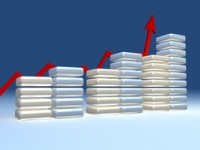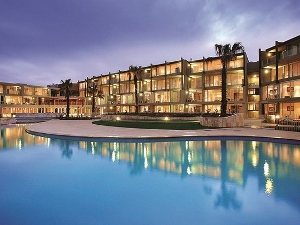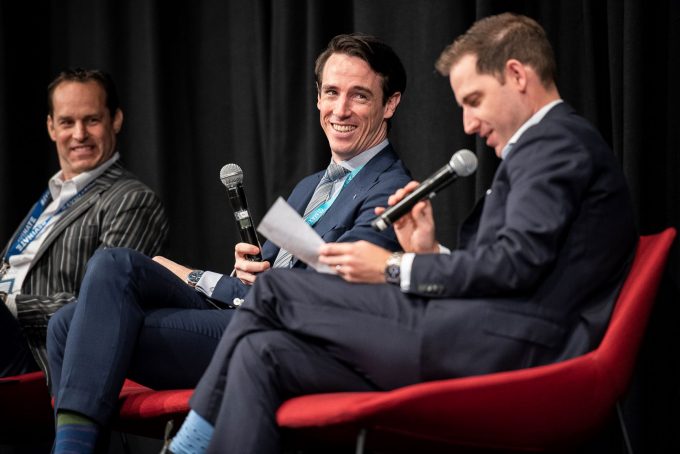
ADR, RevPAR Up, So Are Sales
It’s good news!
In year-over-year measurements, the Asia/Pacific region’s occupancy ended the month virtually flat with a -0.2% decrease to 64.0% but the average daily rate increased 13.5% to US$138.54 and revenue per available room jumped 13.3% to US$88.72.
Hotels in the Asia/Pacific region experienced mostly positive results in the three key performance metrics during May 2011 when reported in US dollars, according to data compiled by STR Global.
“Supply increases outpaced demand for the first five months of this year growing 2.6% and 2%, respectively”, said Elizabeth Randall, managing director of STR Global. “Therefore the occupancy levels across the region are down slightly by 0.6%, year to date. Occupancy continued to improve across Central & South Asia, Southeastern Asia and Oceania.”
Highlights from key market performers for May 2011 in local currency (year-over-year comparisons):
*%Ages are increases/decreases for May 2011 v May 2010
Highlights from key market performers for May 2011 in U.S. dollars (year-over-year comparisons):
• Brisbane increased 46.5% in ADR to US$212.34, reporting the largest increase in that metric, followed by Sydney (+33.5% to US$188.07), and Melbourne (+30.7% to US$183.73).
And sales in the accommodation sector are also getting better, Jones Lang LaSalle Hotels’ latest research indicates that Australian hotel transaction activity reached $445 million during the first half of 2011.
Combined with continuing strong investor interest in the sector, this confirms that investment levels are well on track to reach the projected $1 billion over the full year.
According to Craig Collins, chief executive officer – Australasia, Jones Lang LaSalle Hotels, offshore buyers have continued to dominate, accounting for just over 73% of total transaction activity. Notable investments have been made by Asian and North American parties, following an active year in 2010 when Australian hotels saw the largest inflow of foreign capital since 2002. Mr Collins also noted that Asian investors remain the most active buying group with investments totalling $222.8 million (50.1%).
“Offshore investors are expected to continue to dominate in the balance of 2011 with Australian hotels attracting an increased level of interest from global and sovereign wealth funds looking for core opportunities due to the strong fundamentals of the Australian hotel market. This is contrary to many other parts of the world, particularly the US and Europe, where bank guided sales are currently the primary driver for higher transaction volumes”, Mr Collins said.
The average selling price on a per room basis so far this year was A$260,445 across Australia. This represents a 42.2% increase over the same period in 2010, in part reflecting the basket of hotels which transacted in each period along with the type of assets being brought to market in 2011.
According to Mark Durran, executive VP – investment sales, in a marked change compared to 2010, Melbourne has dominated transaction activity so far this year with volumes totalling $336.3 million, representing just over 76% of total investment. Notable transactions have included the Novotel on Collins (circa $140 million for the hotel component), Travelodge Docklands (approx $54 million) and Hilton Melbourne South Wharf (approx $105 million for a 75% stake).
“Melbourne is a tightly held market and volumes at the half year are already at their highest level in over a decade with expectations of more sales to come in the balance of the year.
These sellers have taken advantage of the current strong appetite for major CBD hotels in Australia along with the positive trading outlook for Melbourne which is testament to continued investment in tourism infrastructure and the city’s undeniable success in attracting a wide range of events”, Mr Durran added.
Despite continuing strong investor interest, transaction activity in Sydney and New South Wales, which dominated in the first half of 2010, has been lower in 2011 due to a dearth of stock coming on the market for sale. Sydney is tipped for strong growth over the medium term with occupancies having averaged 87.8% over the past ten months which is considerably higher than the 82.8% recorded during the same period in 2007/08 market peak. With few new hotels under construction or proposed, ADR growth will be the primary driver of profitability and ultimately investment returns over the next few years.
“Scarce investment product and pent-up investor demand for prime CBD Australian hotels are likely to see competition increase and assets which are brought to market over the coming year will be hotly contested,” Mr Durran added.

AccomNews is not affiliated with any government agency, body or political party. We are an independently owned, family-operated magazine.






